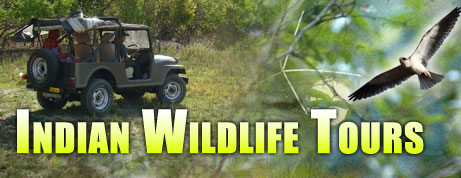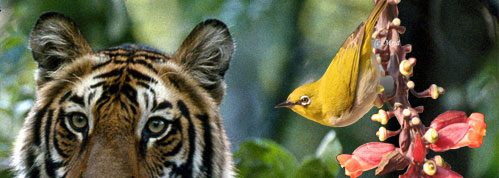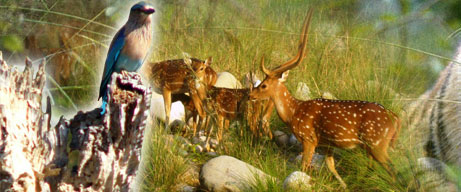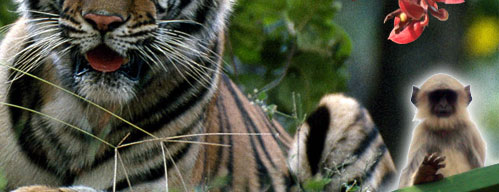Wild Species In India
Deers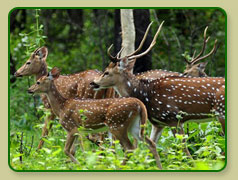
One of the rarest and most localised deer in the world - and quite obviously, the most endangered deer species in the world. The Sangai is confined to a wetland area to the south of Logtak lake in Manipur (northeast India). Captive breeding efforts have helped bolster its zoo population. The spotted deer has what can be called a 'memorandum of understanding', with lemurs. Lemurs keep it informed about any possible attack from its predators. The spotted deer also benefits from the leftovers that lemurs keep dropping from trees. In fact, the relation between the two species is so symbiotic that they explore the jungle together.
Habitat : Sambar Deer prefers marshy and wooded areas to live.
Diet : Sambar deer feeds on leaves, vegetation, herbs, fruit, bamboo buds and mushrooms.
Reproduction :The breeding period is mainly during the months of November and December. The gestation period rests for almost 6 months after which single offspring is born. The young ones are weaned at about 7 months of age.
Conservation status : Least concern
Lifespan: The life expectancy of Sambar Deer exceeds up to 16 -20 years of age.

- Kingdom : Animalia
- Phylum : Chordata
- class: Mammalia
- Order : Artiodactyla
- Suborder : Ruminantia
- Family : Cervidae
- Subfamily: Cervinae
- Genus : Cervus
- Species: C. unicolor
- Zoological name : Cervus unicolor
- Found In : Kanha, Corbett, Ranthambore, Bandhavgarh, Gir, Dudhwa, Manas, Kaziranga National Park in India
One of the rarest and most localised deer in the world - and quite obviously, the most endangered deer species in the world. The Sangai is confined to a wetland area to the south of Logtak lake in Manipur (northeast India). Captive breeding efforts have helped bolster its zoo population. The spotted deer has what can be called a 'memorandum of understanding', with lemurs. Lemurs keep it informed about any possible attack from its predators. The spotted deer also benefits from the leftovers that lemurs keep dropping from trees. In fact, the relation between the two species is so symbiotic that they explore the jungle together.
Habitat : Sambar Deer prefers marshy and wooded areas to live.
Diet : Sambar deer feeds on leaves, vegetation, herbs, fruit, bamboo buds and mushrooms.
Reproduction :The breeding period is mainly during the months of November and December. The gestation period rests for almost 6 months after which single offspring is born. The young ones are weaned at about 7 months of age.
Conservation status : Least concern
Lifespan: The life expectancy of Sambar Deer exceeds up to 16 -20 years of age.
